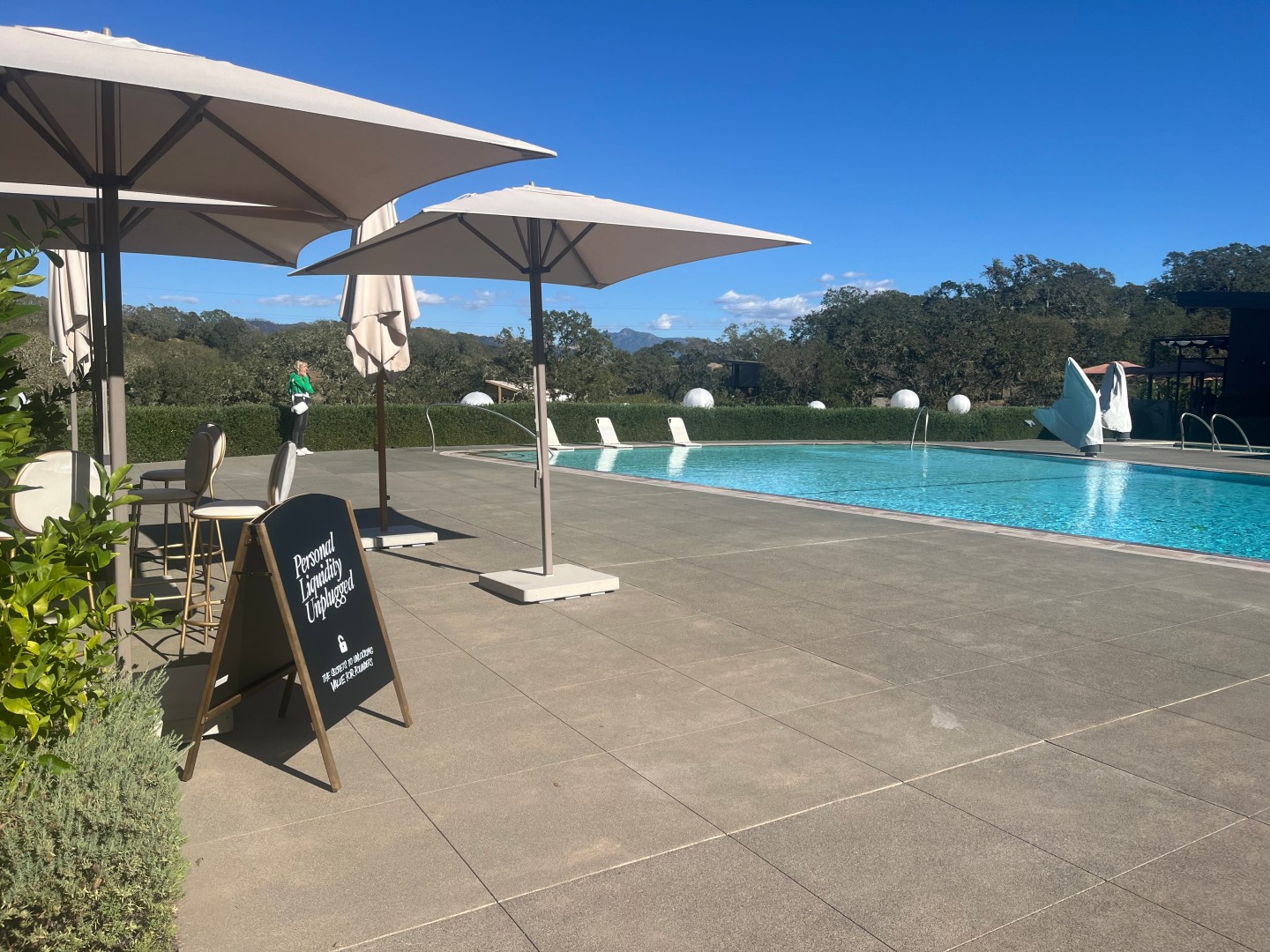Exclusive: The secretive Goldman Sachs pipeline that helps cash-poor founders tap into their vast wealth
Some of America’s most successful founders are cash-poor and rely on personal liquidity loans to live lavish lifestyles.

While most of Goldman Sachs’ staff was watching New York’s leaves turn orange this October, the firm’s global head of private banking, Nishi Somaiya, was sitting poolside in the middle of the sunny Montage Healdsburg vineyard, just an hour north of Silicon Valley.
Fresh off a quarter that saw her division generate more than $750 million in revenue, Somaiya and Goldman Sachs’ investment banking partner Susie Scher, had gathered a group of hand-picked founders beneath a wooden pagoda to talk. They were there to discuss a new pipeline, launched in April, that helps founders who are ultra-rich on paper, but cash poor, turn the illiquid stakes in their companies into yachts, jets, and cold, hard cash.
This were not the usual gaggle of 20-something college go-getters. The meeting was part of the off-the-record Builders & Innovators event in Healdsburg, California, personally hosted by CEO David Solomon, where the average participant was 46-years-old, running a company valued at $1.9 billion, and generating $220 million in revenue.
After a difficult few years exploring blue-sky opportunities, Goldman’s founder liquidity pipeline is part of a broader strategy that sees the blue-chip bank returning to it roots of serving the ultra-rich. “We’re sticking to our knitting,” says Scher, who is also a senior advisor at Goldman and has been at the firm for 27 years. “But we have growth businesses within those businesses.”
After the poolside meeting, Somaiya and Scher offered a behind-the-scenes look into how Goldman Sachs helps America’s wealthiest founders live lavish lifestyles, buy out stakes from their co-founders, or help keep the companies in growth-mode while waiting for an IPO—without having to water down their stake.
Valuing ultra-high net wealth founders
Somaiya’s clients are worth $70 million, on average. But as much as 90% of that is often locked up in shares of the companies they created. To unlock that wealth Somaiya’s team of 1,000 private wealth advisors carefully review borrowers’ personal balance sheets, including holiday homes, car and art collections, and exchange traded funds. Revenue is the most important factor determining how much a borrower’s stock is worth, with most clients firms’ making at least $100 million.
“We work extensively with founders,” says Somaiya, “to help them understand the potential scenarios of borrowing against their business.” Some factors that help founders get a favorable loan: being backed by investors with track records of big exits; a history of staying on budget and making realistic forecasts; running a business that resembles successful publicly traded companies.

Michael del Castillo
When everything is said and done, Goldman ends up with a single number that represents the value of the person’s wealth. On average a founder can borrow around 20% of that value, a number known as the loan-to-value ratio, or LTV. Think of it as a credit score for the ultra-rich. The average loan is $60 million, says Somaiya, with some loans as large as $200 million.
Goldman sticking to its knitting
Somaiya took over as the global head of private banking, lending and deposits in April 2023, at a time when Goldman’s attempts to find new revenue streams were faltering. Its consumer banking office, Marcus, was in the process of being wound-down, while a much-hyped partnership with Apple was starting to disintegrate. Following yet another fizzle, the bank sold GreenSky, the home-financing company it acquired only two years earlier.
At a time when rival JPMorgan’s stock grew by six percent—between April and October— Goldman’s stock fell 10%, bottoming out at $289. Private wealth generally speaking was also facing headwinds, with a McKinsey report earlier this year showing that, after a decade of growth, global wealth management assets had dropped $6.2 trillion in a single year.
Somaiya was in the process of looking for ways to increase her office’s revenue when she literally ran into Scher running on the boardwalk in Miami, Florida. The two started training together for the Brooklyn half marathon and during the runs hit upon a new growth opportunity for Goldman: helping convert Scher’s corporate investment banking clients into Somaiya’s high-net-worth borrowers.
“In the past,” Sher says, “we weren’t necessarily talking about founders’ personal financing needs, but with our integrated, holistic focus this can be an important part of the dialogue.” Somaiya described this approach as an effort by Goldman to solve clients’ problems collectively.
Goldman declined to share exactly how much money it may have been leaving on the table by not having a formal pipeline to connect its investment bank clients with it private bankers. But the company noted that lending revenues have increased 10% between Q3 last year and Q3 this year, reaching $756 million. The company’s overall revenue from management fees hit a record $2.6 billion and the bank’s stock is up 85% since April, currently trading at an all-time-high of $605.
When billionaires default
Not every loan ends happily. Though the Builders & Innovators event focused on founder success, Goldman also prepares for failure. The weeks-long due diligence process for these ultra-high net-worth individuals can be derailed at the last minute if Goldman discovers a previously existing loan the potential client either forgot about (yes, billionaires do in fact occasionally forget million-dollar loans) or failed to disclose.
Sometimes, albeit rarely, according to Somaiya, things go really wrong after the loan is approved. If that’s the case and things are going well at the founder’s firm, the bank will typically extend the loan under similar terms. When a company is failing though, something called personal recourse kicks in.
In situations where the entire collateral for a loan is the founder’s equity, the value of that collateral can quickly shrivel if their company hits the skids. So the lending agreement includes covenant conditions that clearly establish what happens in a worst-case-scenario. An amortization schedule is set up for early payments and agreements are “pre-coded” for how the other assets—the summer homes, the art, the cars—are repossessed.
“In the journey of a founder, their primary focus is on driving revenues,” says Somaiya. “Their finances tend to fall to the bottom of the list until there’s often an unforeseen need, and by that point the options to put a plan in motion can be limited.”
A newsletter for the boldest, brightest leaders:
CEO Daily is your weekday morning dossier on the news, trends, and chatter business leaders need to know.
Sign up here.





